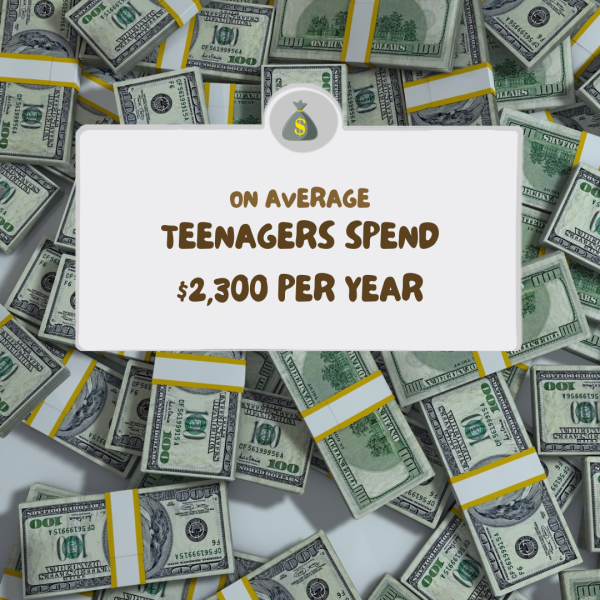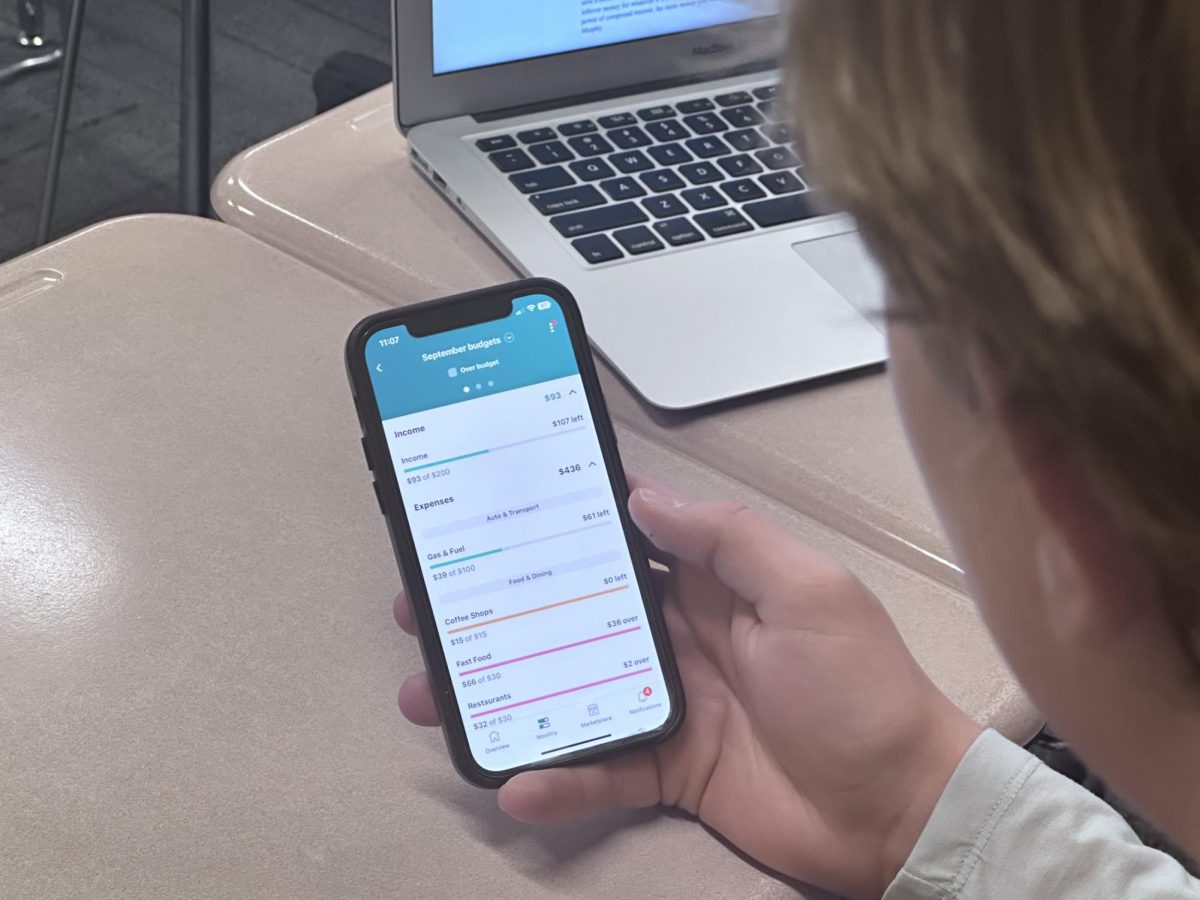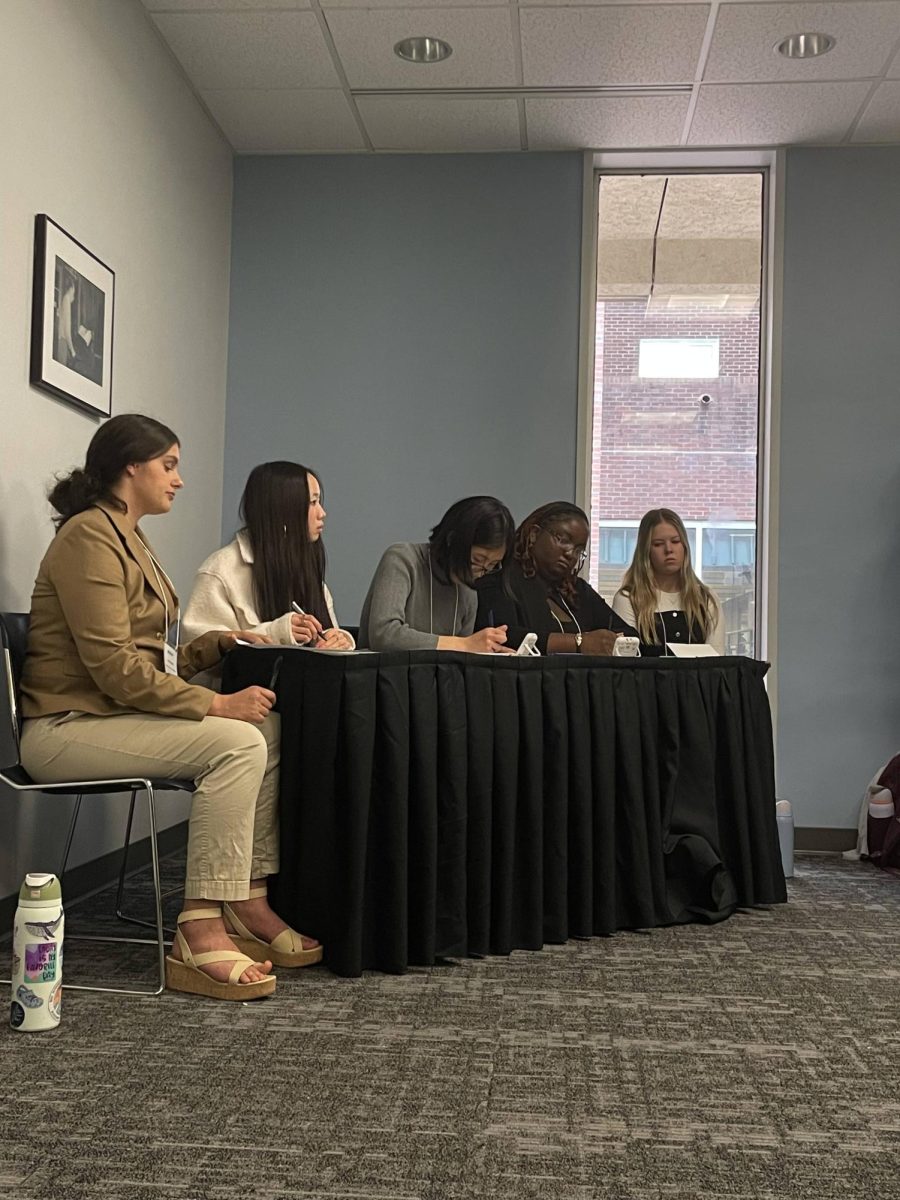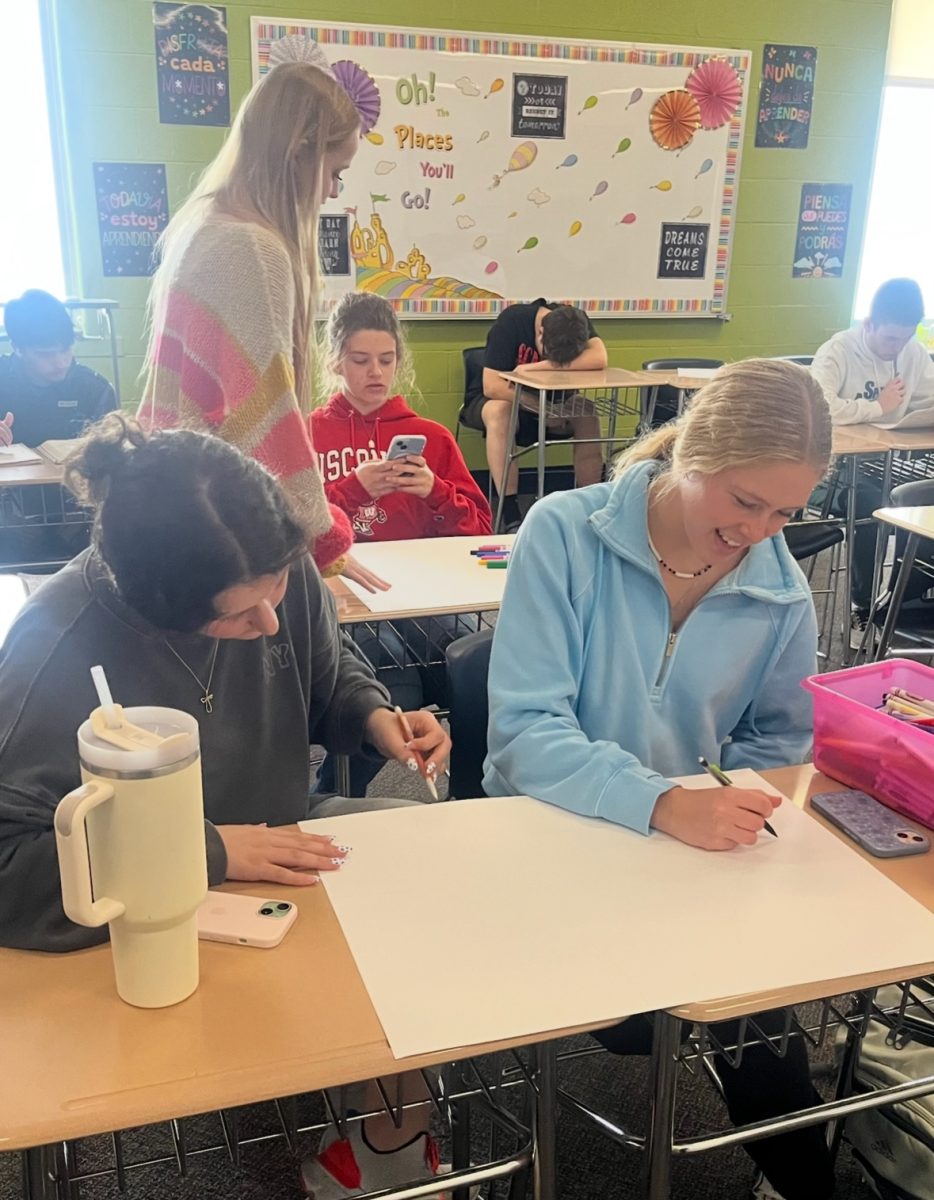With the expanding prevalence of online shopping and digital payment methods, it has become ever so easy for teens to overspend.
On average, teens in America are spending $2,316 per year, with the majority of male expenditures on food and female expenditures on clothing. In a wealthy school district like Pleasant Valley, teen spending has the potential to be much higher.
 The majority of PVHS students can support themselves financially, through money earned working jobs or money given by parents. However, compulsive spending has become a commonality amongst PV students, especially those with parents who have a higher income.
The majority of PVHS students can support themselves financially, through money earned working jobs or money given by parents. However, compulsive spending has become a commonality amongst PV students, especially those with parents who have a higher income.
Senior Finley Dalton is one of many PV students who in the past year has spent an excessive amount of money. “In the last year, there have been several months when I spent over $1000. The majority of that money was spent on new clothes, but I also frequently bought food and coffee on a regular basis,” said Dalton.
Dalton gave most of the credit for her excessive spending to her steady income from working. “Since I constantly had money flowing into my bank account, I felt like I could spend more,” expressed Dalton. “It also didn’t help that all my friends spent a lot on clothes, and they always wanted to eat out and buy coffee- I didn’t want to be left out. ” added Dalton.
Like Dalton and her friends, it’s easy for teens to spend more when their bank account balance increases, or because they don’t want to feel left out. Even though many PV students have enough financial stability to spend money in this manner, they fail to put money into savings to support their future.
One solution to reduce overspending and increase savings is to create a budget. A budget, as most people are familiar with, is an estimate of one’s revenue and expenses over a period of time. The sooner one starts, the sooner one can get a feel for how much money one should allocate to spending and savings.
Business teacher Janene Murphy is a strong believer in maximizing money saved when creating a budget. “You should always start off by paying yourself first. It’s important to make sure you save a certain amount of money, and after you pay yourself, you can then go ahead and use your leftover money for whatever it is you want to buy,” said Murphy. “The sooner you start using the power of compound interest, the more money you will have when it comes to retirement,” added Murphy.
The hardest part about using a budget is getting started. There are several ways to create a budget, whether it’s through writing it down, using a spreadsheet or even dividing cash amongst envelopes.
One easy way to create a budget is by using the free mobile app Mint. Mint is owned by Intuit, a secure software company that also owns QuickBooks. The app allows users to link their bank account(s), and Mint will track its users’ expenses month by month. Users can quickly categorize their monthly expenses and generate a budget.
In addition to budgeting, Mint also gives its users the option to track their credit card expenditures, investments, loans, property and even taxes. With the information you give Mint, the app can calculate your net worth and cash flow.
Creating a budget is an essential step toward responsible financial management. As Murphy emphasized, “Pay yourself first,” and the power of compound interest can be utilized as soon as possible. Modern tools like the Mint app provide an accessible and user-friendly way to track expenses and build a secure financial foundation. By instilling budgeting habits early, teenagers can make sound financial choices that will benefit them throughout their lives.









